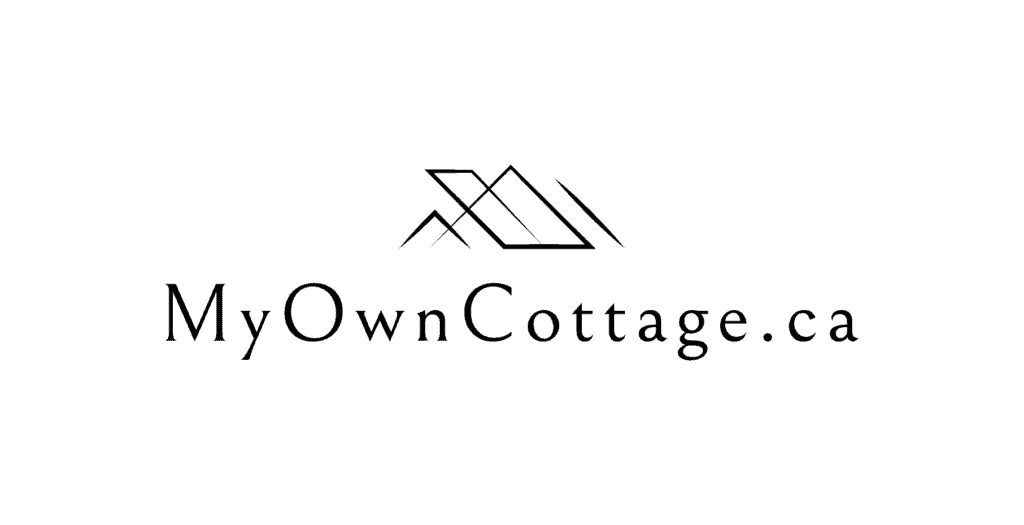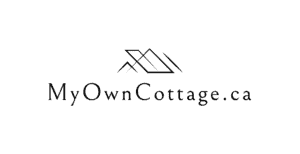Low-Carbon Footprint Prefab Homes Ontario
Home » Low-Carbon Footprint Prefab Homes Ontario
Discover a revolution in sustainable living with the low-carbon footprint prefab homes Ontario boasts today.
Merging innovation with environmental consciousness, these homes redefine modern living by prioritizing eco-friendly design and construction methods.
From energy-efficient materials to renewable energy integration, each aspect is meticulously crafted to minimize environmental impact without compromising on comfort or style.
Explore a new era of sustainable housing where every detail is thoughtfully curated.
Harmonizing with nature for a greener and healthier lifestyle has never been easier.
As a quick illustration, our own prefab homes offered in Ontario have these very same eco-friendly advantages!
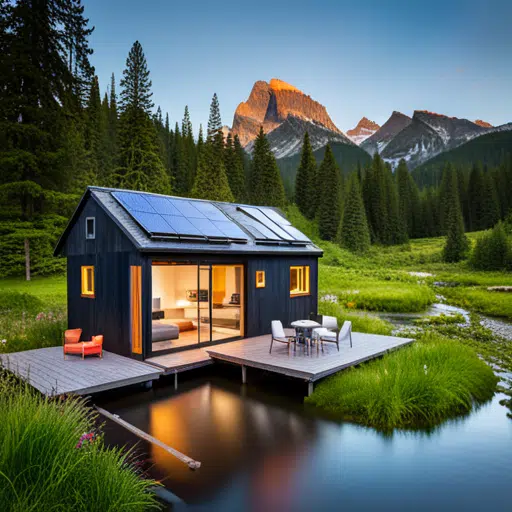
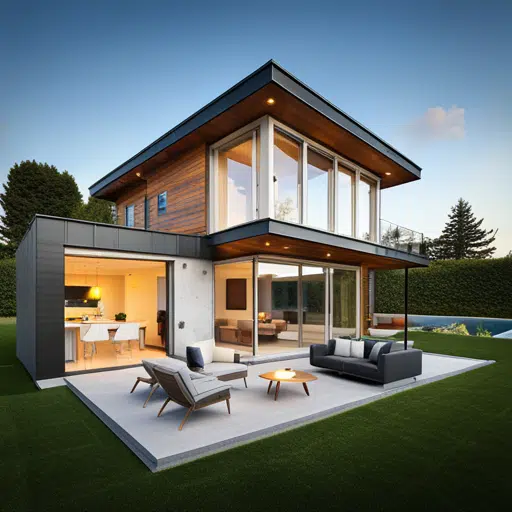
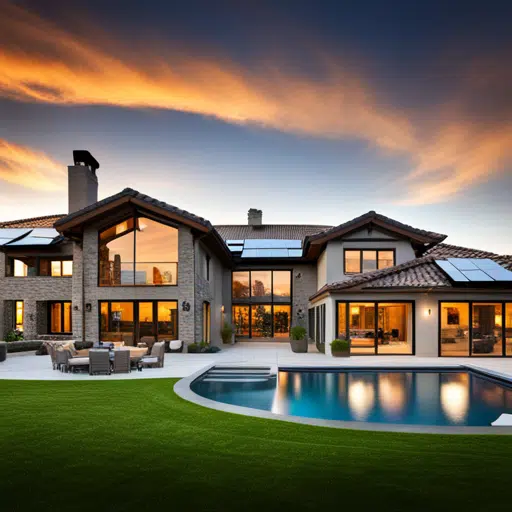
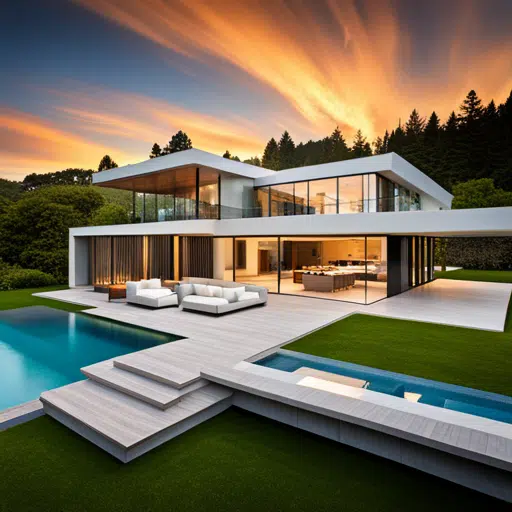
Why Choose Low-Carbon Footprint Prefab Homes in Ontario?
Climate change has ushered in a new era of conscious living.
The impact of our actions on the environment is at the forefront of many decisions, especially concerning housing and construction.
Prefabricated homes, known for their efficiency and reduced environmental impact, are becoming a beacon of sustainability in the real estate industry.
In Ontario, the burgeoning trend of low-carbon footprint prefab homes is a testament to residents’ eco-friendly values.
It is also a smart move both economically and environmentally.
The Evolution of Canadian Housing
Traditional models of homebuilding in Canada have long been synonymous with high carbon emission levels, sluggish construction timelines, and fluctuating costs.
However, the landscape is rapidly shifting.
More Canadians, particularly in Ontario, are gravitating towards modern and environmentally friendly dwellings.
This shift is reshaping the essence of homeownership.
Prefabricated housing stands at the forefront of this evolution.
These prefab homes offer a quick, efficient, and cost-effective solution.
You won’t find yourself compromising on quality or sustainability, either.
With a focus on reducing the carbon footprint in every stage, prefab homes are proving a compelling alternative to the conventional housing model.
Some sustainable processes being used in prefab homes today include:
- The building materials used.
- A prefab home’s energy consumption.
- The waste management processes involved.
- And more!

Understanding Eco-Friendly Materials
Building sustainably in Ontario means utilizing materials that pave the way for low-carbon footprint prefab homes.
These materials include recycled steel, sustainably sourced wood, bamboo, and other renewable resources.
All of these materials ensure durability and strength.
They also significantly reduce the environmental impact of construction activities.
By opting for these eco-friendly materials, builders of prefab homes in Ontario are setting a benchmark for sustainability.
This directly contributes to the preservation of natural resources and mitigating the adverse effects of climate change.
Learning What Makes a Material Eco-Friendly
Before we can explore the types of essential eco-friendly materials used in prefab homes, it’s important to cement our understanding of what makes a material ‘eco-friendly.’
Essentially, these are resources or substances that provide the least environmental burden possible.
These materials are often biodegradable, non-toxic, and have low embodied energy.
This means their overall environmental impact is considerably lower than traditionally used building materials.
Low-Carbon Footprint Prefab Homes in Ontario
In Ontario, prefab homes are gaining popularity for being cost-effective, time-efficient, and now, for being environmentally conscious.
Prefabricated (or prefab) homes are those manufactured off-site in advance.
Once complete, they are transported to the building site where the home is constructed.
They are usually built in standard sections or modules that can be easily assembled.
Ontario, known for its scenic beauty and forward-thinking populous, is becoming a hotbed for swiftly-erected, green prefab houses.
The province’s long winters and humid summers pose unique climate demands.
Thus, eco-friendly materials are essential in ensuring high-quality living standards all year round, while still adhering to green principles.

Types of Sustainable Materials Common in Ontario’s Prefab Homes
Insulating Concrete Forms (ICF)
ICFs are not only strong and durable but are also known for their energy efficiency.
They’re essentially hollow blocks or panels made of insulating foam, which are then stacked to form the walls of a building.
The cavities are filled with reinforced concrete, providing a structure that is not just a solid wall against temperature extremes but also highly soundproof.
ICF homes can consume up to 40% less energy to heat and cool compared to traditional wood-framed homes.
Being energy efficient is an incredibly important attribute in Ontario’s climate, where long cold seasons can drive up heating costs significantly.
The level of energy conservation is a direct result of ICFs’ high thermal mass.
This means they can retain and release heat, helping to stabilize the interior climate and reduce reliance on artificial heating or cooling.
The use of ICF also minimizes the environmental impact from heating demands.
ICF buildings require smaller heating systems, which in turn can be powered by renewable energy sources like geothermal or solar.
Cross-Laminated Timber (CLT)
Another sustainable material making waves in Ontario’s prefab homes is Cross-Laminated Timber (CLT).
This unique building material is made by stacking layers of wood at 90-degree angles and gluing them together under pressure.
The result is a product that’s stronger and more stable than regular timber.
This strength allows for CLT to be used not just as flooring and wall panels but also as structural components.
This makes it a significant feature of the home’s overall stability.
CLT is twice as strong as concrete by weight.
As wood is a naturally renewable resource, using CLT helps reduce the carbon footprint of the building.
It also presents a great alternative to steel and concrete.
Steel and concrete are materials that have significantly higher embodied energy.
As a result, they are significantly more environmentally taxing to produce.
Recycled Steel
In the prefab industry, steel has long been a staple for its strength, versatility, and reusability.
Recycled steel, often referred to as ‘rebar,’ is used as a reinforcing material in concrete, providing additional tensile strength where it’s needed most.
The use of recycled steel in Ontario’s prefab homes reflects the industry’s commitment to the environment.
A need for environmentally-taxing ore extraction and steel production is drastically reduced using sustainably recycled steel.
This not only conserves natural resources but also lessens the pollution associated with mining.
All this, while still providing a strong and safe structure for the home through eco-friendly methods.
PVC-Free Plumbing
Traditional PVC plumbing materials have raised concerns due to their phthalate content.
Phthalate content is a harmful chemical used in the production of PVC.
It is known to have adverse effects on human health and the environment.
This is where PVC-free alternatives in prefab homes come in.
These alternatives, such as PEX (cross-linked polyethylene) piping, provide a more eco-friendly solution.
PEX is not only healthier for the environment and its inhabitants but is also more energy-efficient.
It requires less energy to produce and is a lighter material.
This helps to reduce transportation-related emissions.
Biodegradable Insulation
In a climate like Ontario’s, proper insulation is crucial for maintaining a comfortable living space.
Historically, petrochemical-based insulation materials like fiberglass and foam boards have been widely used.
In the quest for eco-friendliness, however, biodegradable insulation options have come to the fore.
Specifically, materials like recycled denim and wool are used for this purpose.
These materials offer comparable thermal resistance to their petrochemical counterparts.
They are often produced from post-consumer waste, helping to divert these materials from landfills.
Biodegradable insulation also presents a safer alternative, as it is non-toxic.
Moreover, it won’t release harmful gases into the home’s environment over time.
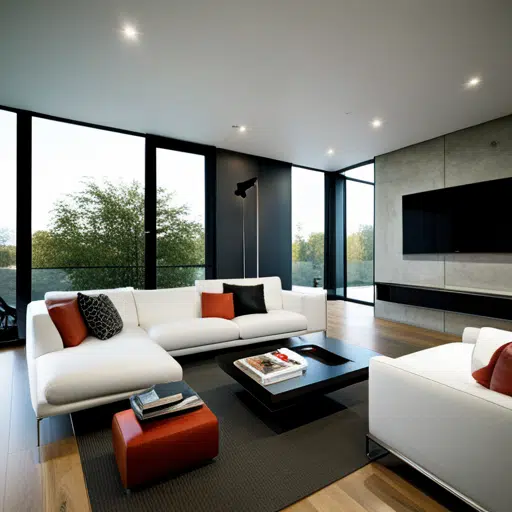
Key Benefits of Using Eco-Friendly Materials in Prefab Homes
Reduced Environmental Impact
The most obvious benefit of using eco-friendly materials in prefab homes is the reduced environmental impact.
Sustainable materials have a lower carbon footprint, consume less energy during production, and often have a longer lifespan.
In combination with efficient prefab construction methods, sustainable materials can significantly reduce waste and emissions during the building process.
Improved Indoor Air Quality
Eco-friendly materials are typically low in volatile organic compounds (VOCs) and other harmful substances.
This can significantly improve the indoor air quality of prefab homes.
Better indoor air quality means a healthier living environment for the home’s occupants.
This is particularly important for individuals with respiratory issues or allergies.
Lower Operating Costs
Prefabricated homes built with sustainable materials are designed to be highly energy-efficient.
This results in lower operating costs for homeowners, as the homes require less energy for heating, cooling, and maintenance.
Reduced utility bills mean significant savings over the lifetime of the home, making the initial investment in green materials a financially savvy choice.
Higher Resale Value
The growing demand for eco-friendly homes means that prefab homes constructed with sustainable materials often have a higher resale value.
Homebuyers are willing to pay more for a home that’s not just aesthetically pleasing but is also environmentally responsible.
This can be a major selling point for homeowners looking to list their property in the future.
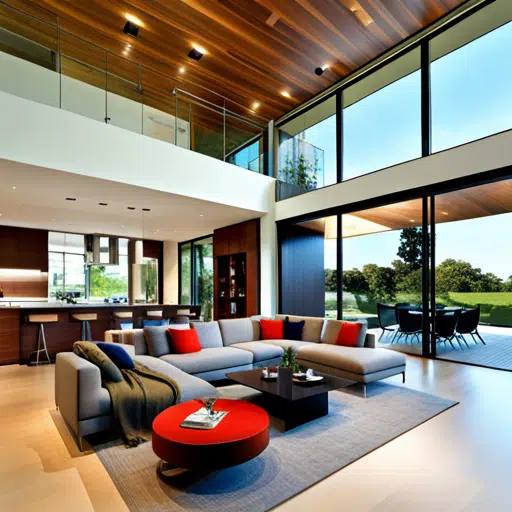
Prefab Homes: A Low-Carbon Choice for Sustainable Living
The benefits of choosing a low-carbon footprint prefab home are manifold.
Here are compelling reasons as to why Ontario residents are making the switch:
Energy-Efficient Design
The core of reducing a prefab home’s carbon footprint in Ontario lies in adopting energy-efficient design principles.
These principles encompass comprehensive insulation and high-efficiency windows.
They also use strategic placement of homes to maximize natural light and minimize heating and cooling needs.
Incorporating such designs significantly lowers energy consumption, thereby reducing the ecological footprint of these dwelling spaces.
An energy-efficient prefab home not only contributes to a healthier planet but also offers residents lower energy bills.
These homes also offer a comfortable living environment with their modern aesthetics, smart-home technology and incorporated amenities.
With all these benefits, it’s easy to see why these energy-efficient designs are gaining popularity each year.
Renewable Energy Integration
In an era where sustainability is paramount, integrating renewable energy sources like solar panels and wind turbines into Ontario’s prefab homes is a game-changer.
This integration not only slashes carbon emissions drastically but also ensures a sustainable energy supply.
This can potentially make homes net-zero or even energy-positive.
The adoption of such renewable technologies signifies a step towards self-sufficiency and plays a critical role in the global movement against climate change.
Passive House Standards
Prefab homes in Ontario are increasingly adhering to Passive House standards, a rigorous, voluntary standard for energy efficiency in a building.
These standards ensure that homes consume minimal energy for heating and cooling, thereby drastically reducing their carbon emissions.
By achieving such heightened levels of insulation and airtightness, prefab homes comply with the highest energy efficiency criteria of today.
They also provide unparalleled comfort and indoor air quality for their occupants.
Local Sourcing and Manufacturing
The strategy of sourcing materials locally and manufacturing prefab homes within Ontario brings manifold environmental benefits.
It significantly cuts down on transportation-related emissions, supports the local economy, and ensures a faster, more efficient construction process.
This practice of localism fosters sustainability among communities.
It also resonates with the growing consumer demand for ethically produced and environmentally friendly housing solutions.
Carbon Offsetting Strategies
Employing carbon offsetting strategies in the construction and operation of low-carbon footprint prefab homes is crucial for achieving overall sustainability goals.
These strategies can include investing in renewable energy projects, reforestation efforts, or other environmental initiatives.
This helps to compensate for the carbon emissions produced during the construction and life of the prefab homes.
By taking such proactive measures, developers and owners contribute to a broader positive impact on the planet.
Water Conservation Features
The inclusion of water conservation features such as rainwater harvesting systems and low-flow fixtures in prefab homes plays a pivotal role in lowering the environmental impact.
These technologies save a significant amount of water.
They also reduce the strain on municipal water supplies and wastewater systems.
Through these sustainable water management practices, prefab homes in Ontario demonstrate a commitment to preserving the planet’s most crucial resource.
Green Certification and Standards
Adhering to green certifications and standards, such as LEED or Energy Star, underscores the commitment of Ontario’s prefab homes to environmental stewardship.
These certifications serve as a testament to the homes’ energy efficiency, water conservation, reduced CO2 emissions, and healthier indoor environments.
By meeting these rigorous criteria, prefab homes set a benchmark in sustainable living, offering homeowners peace of mind that their dwellings are contributing to a greener future.
Lifecycle Assessment
Understanding the overall environmental impact of prefab homes through lifecycle assessment—from construction and operation to eventual decommissioning—is essential for realizing true sustainability.
This comprehensive analysis evaluates the total carbon footprint and resource use throughout a home’s lifecycle.
It offers key insights into how prefab homes can be designed, built, and decommissioned in an environmentally friendly manner.
By considering the full lifecycle, builders and homeowners can make informed decisions that reduce the environmental impact and contribute to sustainable development goals.
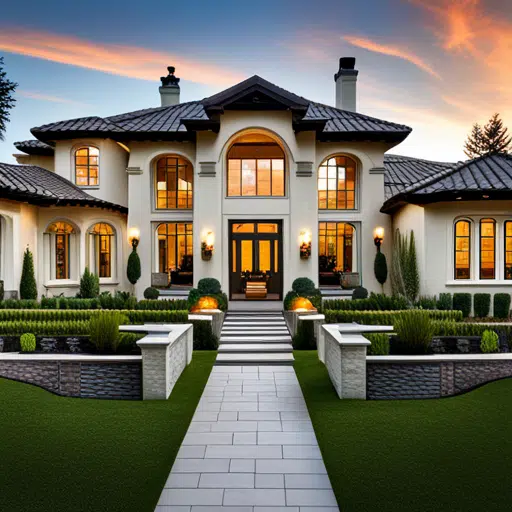
Eco-Home Aesthetics Meets Functional Design
One common misconception about prefab homes is that they lack the charm and aesthetics of traditionally built houses.
My Own Cottage dispels this myth by offering homes that are not only environmentally friendly but also visually stunning.
Our company’s design philosophy centers around the idea that sustainability can be beautiful.
These prefab homes boast a contemporary, clean design that harmonizes with their natural surroundings.
Large windows welcome an abundance of natural light, and open floor plans create a seamless transition between indoor and outdoor living spaces.
Navigating the Prefab Home Pathway
For those considering a low-carbon footprint prefab home, the path can initially seem daunting.
However, My Own Cottage’s clear and supportive process turns this promising endeavor into an exciting and rewarding endeavor.
The journey begins with a consultation to understand your needs and desires.
From there, the My Own Cottage team guides you through the design phase, ensuring that every room, material, and environmental consideration is tailored to your lifestyle and values.
Once the design is finalized by the client, the construction phase in the company’s specialized facility commences.
This is then followed by the on-site assembly, and the fulfillment of the dream of a sustainable, comfortable home.
Pioneers in Low-Carbon Footprint Prefab Homes
In a market steeped with tradition, My Own Cottage has emerged as a leader in offering prefabricated homes that are not only aesthetically appealing but also kind to the planet.
We stand apart for our commitment to sustainability, innovation, and quality, all while providing a personalized experience for every one of our clients.
With a wide range of designs and a keen understanding of Ontario’s stringent building codes, our team ensures that each home is tailored to local environmental conditions and legal requirements.
Coupled with our transparent pricing and dedicated customer service, we’re setting a new standard for eco-conscious housing solutions in the province of Ontario.
The Future of Sustainable Living in Ontario
Ontario’s landscape is changing, not just in its natural beauty but in the way its residents choose to coexist with it.
The adoption of low-carbon footprint prefab homes signifies a step towards a more sustainable and responsible future.
With My Own Cottage leading the charge, the prospect of living in an eco-friendly, high-quality home that is tailored to your needs has never been more tantalizing.
Eco-Home Revolution in Canada is more than just a trend; it’s a movement towards a greener planet, one low-carbon footprint home at a time.
If you are in the market for a new home, My Own Cottage’s prefab options could make a world of difference — quite literally.
Our commitment to sustainability and your comfort ensures that this decision is not only about your present living but also about the future we build for the generations to come.
Get Low-Carbon Footprint Prefab Homes in Ontario: Contact us Today!
With our Low-Carbon Footprint Prefab Homes in Ontario, we pride ourselves on delivering exceptional customer service!
We ensure a seamless purchasing and installation process for your dream home.
Our team is dedicated to meeting your unique needs and transforming your vision into a beautiful reality.
To start your journey of building a low-carbon footprint prefab home in Ontario, we invite you to get in touch with us at My Own Cottage.
You can reach out to us through our website’s Contact Us page, via email, or by direct phone call.
Our expert team is ready to listen to your vision, discuss your requirements, and guide you through the stress-free process of prefab home construction.
We look forward to partnering with you to create a sustainable, highly valuable, and personalized space that reflects your individual style and meets your specific needs.

Contact us today and let’s embark on this exciting journey together.
Thanks for reading!
If you’re interested in building a prefab home, cabin or cottage on a lot of your own, feel free to book a no-obligation consultation with us here at My Own Cottage Inc. – and get started on your dream home today!
P.S: Or if you prefer, you can simply fill out the form below!
